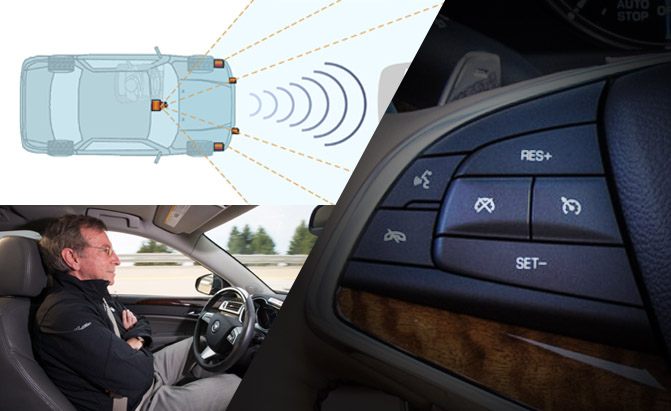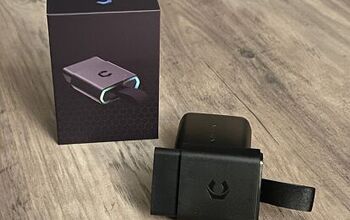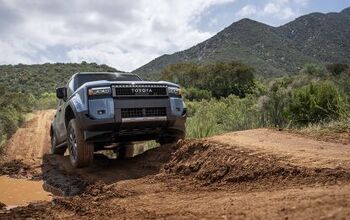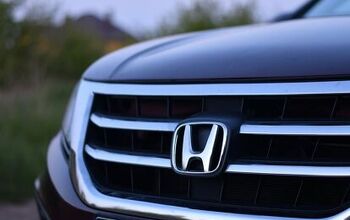Cadillacs Will Offer 'Completely Hands-Free' Driving Soon

Cadillac is developing an advanced semi-autonomous driving system dubbed Super Cruise, which is very different from any other system currently offered.
When conditions allow, this advanced driver-assistance technology should be able to steer, brake and regulate vehicle speed automatically, making it ideal for long highway drives or slogging through rush-hour traffic. Unlike systems offered by rival automakers, “It’ll be completely hands-free,” said Brandon Vivian, executive chief engineer at Cadillac. Systems from other automakers only allow hands to be off the steering wheel for a few seconds.
“The difference between our system and others is that we’ll have technology to monitor the driver and make sure that they’re being attentive,” explained Vivian. Reading the paper, playing a game of canasta with passengers or napping when Cadillac’s latest autonomous technology is engaged will be strongly discouraged.
Keeping tabs on the driver is an array of electronic monitors. Facial recognition and eye tracking will also be included. Additionally, Vivian said, “We have lights on the steering wheel that will flash and illuminate and get your attention.” He explained that Super Cruise will require periodic check-ins so the car knows you’re still conscious and ready to take control if necessary.
SEE ALSO: How Cadillac’s Blind Spot-Busting Rear-View Mirror Works
And that’s important because emergencies happen whether an advanced cruise control system is engaged or not. “[In] the unfortunate situation that the driver isn’t responsive for one reason or another,” said Vivian, “The vehicle does have the ability to come to a stop safely.”
Adding another layer of security to Super Cruise, it’s intended exclusively for highway use. In fact, it should not operate at all unless the vehicle is traveling on an appropriate stretch of road. “It’s geo-fenced to interstates only and we have those mapped,” said Vivian. The car will give its driver a clear indication when it’s able to take over in an autonomous fashion.
Optical cameras, as well as radar, lidar and ultrasonic sensors help enable adaptive cruise control and other cutting-edge features found in many of today’s vehicles. Cadillacs equipped with Super Cruise should feature a similar battery of electronics plus advanced GPS map data, but it’s how everything communicates that will set this system apart.
“The integration of all of these sensors together is what we’re going to have that’ll be different,” said Vivian. He noted that rival systems often fail to function when the weather’s less than perfect, suggesting Cadillac’s offering may operate in a broader range of conditions.
“So, what we’re trying to do is have a very sophisticated approach where the system is up and operational the most time it can be so that you do get this enhancement of the driving experience,” noted Vivian. This is what will enable hands-free operation and allow you to take your eyes off the road for short periods of time.
Cadillac’s much-anticipated Super Cruise system, which is scheduled to launch in the second half of 2017 in the CT6 sedan, sounds like a promising entry in the field of semi-autonomous technology. Engineers are undoubtedly working overtime to ensure it’s both effective and safe.
Discuss this story on our Cadillac Forum

Born and raised in metro Detroit, Craig was steeped in mechanics from childhood. He feels as much at home with a wrench or welding gun in his hand as he does behind the wheel or in front of a camera. Putting his Bachelor's Degree in Journalism to good use, he's always pumping out videos, reviews, and features for AutoGuide.com. When the workday is over, he can be found out driving his fully restored 1936 Ford V8 sedan. Craig has covered the automotive industry full time for more than 10 years and is a member of the Automotive Press Association (APA) and Midwest Automotive Media Association (MAMA).
More by Craig Cole



































Comments
Join the conversation